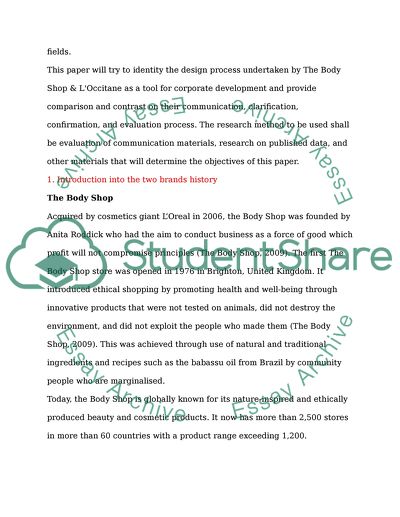Cite this document
(“Case study about The Body Shop & L'occitane Essay”, n.d.)
Retrieved from https://studentshare.org/environmental-studies/1417175-case-study-about-the-body-shop-l-occitane
Retrieved from https://studentshare.org/environmental-studies/1417175-case-study-about-the-body-shop-l-occitane
(Case Study about The Body Shop & L'Occitane Essay)
https://studentshare.org/environmental-studies/1417175-case-study-about-the-body-shop-l-occitane.
https://studentshare.org/environmental-studies/1417175-case-study-about-the-body-shop-l-occitane.
“Case Study about The Body Shop & L'Occitane Essay”, n.d. https://studentshare.org/environmental-studies/1417175-case-study-about-the-body-shop-l-occitane.


